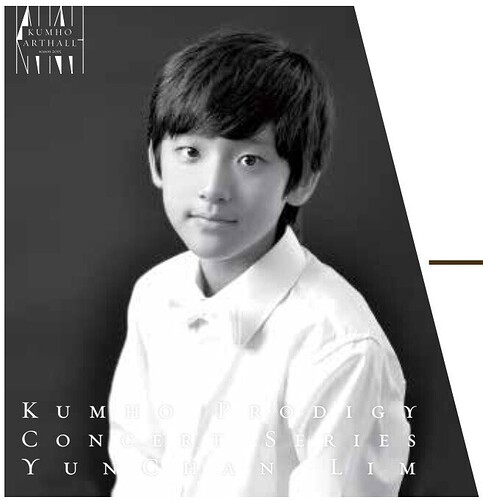Excellent question! This is my point. Most of the time these discussions really mask more practical concerns which are more easily addressed. So asking the theoretical question is less useful to me than just asking about the thing that you’re actually working on.
Ok so in your case, I’d want to look at the test results and technique first. Which technique is it, is it being done optimally, and is it already at or near the maximum. Because if you can’t move much faster than this then there’s not a whole lot of room to ask for more performance in terms of endurance either.
By comparison if you’re using John’s technique which has 100 more bpm in reserve, asking for measures of 200 is a lot more doable. In other words, not all techniques are created equal. This is why when you look at players in speed-focused styles like extreme metal, you see all these adaptations for fast playing and endurance playing. They’re not just doing the same thing everyone else is doing plus more training.
Finally, we have some tips on improving endurance with wrist motion in this lesson here:
As a companion to this, we also have this lesson on speed but you could argue they are essentially very similar - performance:
The thing about the speed lesson which is important is that it shows you, visually, that what someone calls “tension” may not really be lack of relaxation. It could be the technique varying in ways that only the camera can see, causing muscles to work against each other, pulling in opposing directions, leading to rapid fatigue.
The solution to this particular problem isn’t so much relaxation as learning to trigger the motion the same way all the time, without the random variation and internal conflict. My point here is that even when training obviously helps, it’s important to know what specifically is being trained. Just doing more reps of something doesn’t guarantee anything.
In your case, all of this only works to increase your endurance if the performance is actually available. Sixteen bars of 200 is no joke. I’m personally much more likely to get that if I use the higher-performance reverse dart technique in the “tall mouse” lesson, or if I’m using a purely rotation EVH-style motion, than I am using other motions I know how to do. Elbow can probably do that too but I never learned it.
So those are the steps I would take. If you’d like our assistance, just make a TC in your account - we’re happy to take a look!




